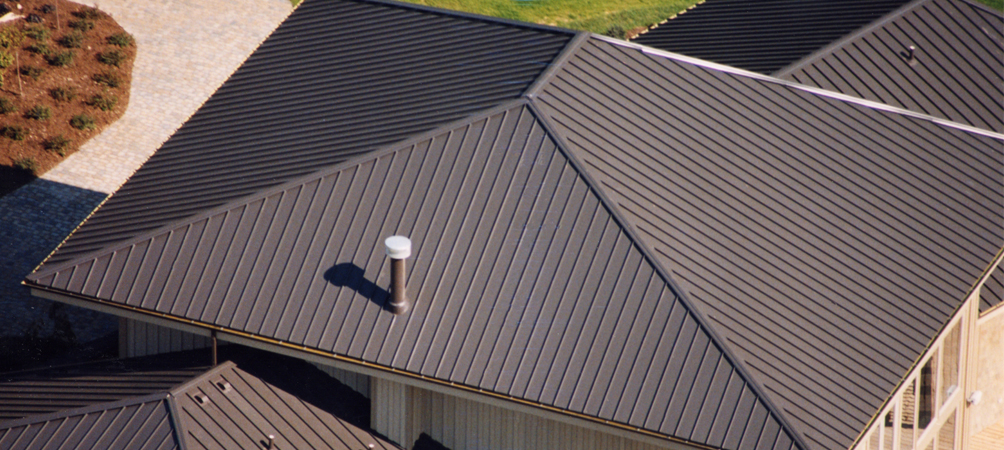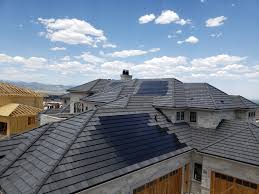
A properly installed and maintained roof can last for many years. However, your roof is constantly exposed to the elements, such as harsh temperatures, fierce winds, and pounding rain. Over time, these factors begin to take a toll, causing your roof to age and deteriorate. Learn when to replace your roof by familiarizing yourself with the common signs of wear and damage.
Age of the Roof
Every roof has an average lifespan based on material, weather, and climate. Regular roof repair can fix minor damages, but eventually, you’ll need to replace the whole thing. Asphalt shingles are the most common type of roof and have a lifespan of about 20 to 25 years. If the age of your roof is approaching this limit, it’s time to think about replacing it.
Curled, Cracked, or Missing Shingles
Missing shingles and shingles that cup, crack, or curl are all new roof indicators. When roof shingles weaken and lose the adhesive helping to hold them in place, they are easily blown off by the wind. Cupping and curling of the ends are other signs of an aging or damaged roof. Cracked shingles are tears that occur from repeated temperature-induced expansions and contractions.

High Energy Bills
Another big sign that your roof needs replacing is a spike in your energy bill. A properly installed roof should help regulate the temperature of your home, reducing your energy costs. Leaks or other damage that allow air to escape hike up those bills.
Storm or Weather Damage
Severe storm or weather damage often requires full roof replacement, especially if your roof is older or already has several patched repairs. Damage weakens your roof and puts you at risk of experiencing problems in other parts of your home, like attic damage, water spots on the ceiling, or mold and mildew growth.
If you have any of these signs, it’s time to contact the professionals at Roofing Pups. We offer a full range of expert roofing solutions throughout South Carolina, including Horry County, Georgetown County, Charleston County, Berkeley County, Dorchester County, and Florence County.
Roofing FAQs
How Long Does a Roof Replacement Typically Take?
Depending on the size of your roof, the material used, and its complexity, replacing your roof can take anywhere from a single day to more than a week, with most average homes taking only one or two days.
Can I Just Repair the Damaged Sections Instead of Replacing the Entire Roof?
In most cases, you can repair just the damaged sections of your roof instead of replacing the entire thing. It depends on the nature of the damage and how widespread it is. After inspecting your roof, your roofer can advise you on the best course of action.
How Do I Choose the Right Roofing Contractor for Replacement?
Select the right roofing contractor by considering these factors:
- Stick with local contractors.
- Make sure your chosen candidate has the correct licenses and insurance.
- Learn about the contractor’s experience and previous jobs.
- Make sure they have knowledge and experience with your preferred roofing material.
- Read reviews and references, and get recommendations from family and friends.
- Discuss timeline, warranty, price fluctuations, and cleanup policy.
- Get a written estimate.
Take some time to research your options and compare a few quotes from local contractors.
What Are the Benefits of Upgrading to a Modern Roofing Material?
Modern roofing material is often more energy efficient, saving money and keeping your home more comfortable. Many modern materials are durable and require little maintenance, making them a good long-term investment. The upgrade can also improve your curb appeal and increase your home’s value.
Leaks or Water Damage
Leaks and water damage are telltale signs of a roof problem. They could stem from poor installation, weather, or storm damage. Unaddressed leaks only get worse and create more problems, ranging from further structural damage to pest infestations.
Sagging Roof Deck
A sagging roof indicates you could have structural or support problems. Top roof replacement tips stress the need to inspect a sagging roof as soon as possible since the damage can spread to other parts of the house. When the weight of the roof is unevenly distributed, it can cause cracks in your home’s ceilings, walls, and even the foundation, making the building unstable and leading to additional, costly damages.
Granules in the Gutters
Another one of the most common roofing problems to watch for is grit or granules collecting in your gutters. These granules act as a protective barrier on the shingles, shielding them from the sun. An increase in grit in your gutters could be a sign that your shingles are damaged and worn out.


